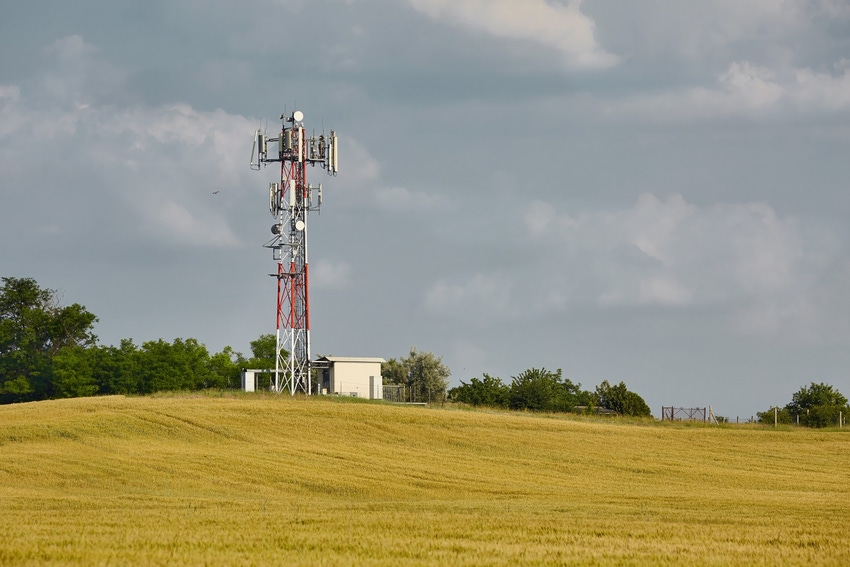BT has unveiled its own proposals to bridge the rural divide, but this strategy is just as much about protecting its own attractive position as it is connecting the unconnected.
April 5, 2019

BT has unveiled its own proposals to bridge the rural divide, but this strategy is just as much about protecting its own attractive position as it is connecting the unconnected.
In a letter to the Daily Telegraph earlier this week, BT’s consumer CEO Marc Allera outlined the vision for a digital society where everyone reaps the benefits. BT is proposing infrastructure tit-for-tat in the regions where there is coverage from at least one of the UK MNOs, and a more simplistic infrastructure sharing proposal in the genuine not-spots.
Both ideas are completely reasonable, and both are geared towards protecting a competitive edge for BT, created through years of mobile infrastructure expansion.
Although there are arguments that rural roaming or network sharing propositions would slow down investment and the rollout of mobile infrastructure, following the money is perhaps a better means to understand BT’s underlying strategy. With every change made in the telco landscape, there is financial gain and loss. When BT proposes an idea, you must question what the financial gain or loss is.
The reason Allera is making noise through the mainstream press right now is due to the negative PR the company attracted a couple of weeks back. O2, Vodafone and Three proposed an infrastructure sharing initiative, which was promptly rejected by BT, painting the picture of a spoilt child having a hissy fit because he has been told to share his favourite toy train. However, when you delve into the details, you see BT’s rejection was a sound commercial decision.
In short, the trio of competitors proposed opening-up current mobile infrastructure, forcing any mast owners to allow competitors to place radio equipment on the structure in areas which have been deemed underserved. This sounds fantastic for the consumer and the Government’s ambition of 95% geographical 4G coverage by 2022, but it effectively erodes the position BT/EE has spent years attempting to craft.
BT/EE has the best mobile coverage throughout the UK. This is not only average speed, but geographical spread. Some might dispute this point, but year after year test from the likes of Opensignal and Ookla crown EE the champion. This has allowed it to tell customers they will be able to get fantastic signal almost everywhere in the UK, an advantage over rival MNOs.
The cost when it comes to expanding 4G coverage is not necessarily anything to do with the radio equipment, but everything else. Acquiring the land, negotiating local planning laws, constructing the site, wiring it up with fibre and electricity, the raw materials and the man power, all add up to make an expensive proposition. It’s no wonder telcos want to open competitor’s masts as opposed to building it themselves. It’s much faster and significantly cheaper to simply pay an engineer to fix radio equipment to an existing mast.
Should the trio’s proposal of collaboration be accepted, this would effectively kill this advantage and completely undermine a long-term commercial strategy. No competent business person would agree to such an initiative, especially considering how much it would have cost.
Now take into consideration the BT alternative.
Firstly, in the areas where there is only one telco present, BT would allow one of its rivals to use its infrastructure, but only if the competitor opens one of its own masts to BT. This creates the collaborative framework legislators and regulators are keen to see but protects BT’s competitive edge, and prior investments, and allows it to enhance its own coverage footprint. Yes, it does help a rival, but the pros outweigh (or at least equal) the cons, and it doesn’t allow competitors to bypass the process BT/EE would have painfully gone through in the past.
This would be the idea for areas where there is a telco present, but for the genuine not spots, where none of the MNOs can provide service, a more straightforward infrastructure sharing agreement can be created. All four would contribute to a pot and all would be free to put whatever radio equipment on the mast.
This does not necessarily encourage competition, but these not spots offer very little commercial potential to anyone. Extending coverage to these areas is not about providing a service to customers but meeting the coverage expectations of the Government. Sheep don’t pay phone bills after all, but occasionally a rambler might want to Instagram said sheep.
While this might not sound like the ‘we’re all in this together’ rhetoric which has been banded around, realistically this very few people would think contrary to this position. These are commercial businesses which are in place to compete with rivals and make money. BT might be spinning their argument to suggest such collaborative schemes would slow down infrastructure rollout, but 99% of decisions in big business always come down to money.
Why would BT want to help its competitors compete in a market which is incredibly difficult to find profits in the first place?
About the Author(s)
You May Also Like








.png?width=300&auto=webp&quality=80&disable=upscale)


_1.jpg?width=300&auto=webp&quality=80&disable=upscale)


.png?width=800&auto=webp&quality=80&disable=upscale)